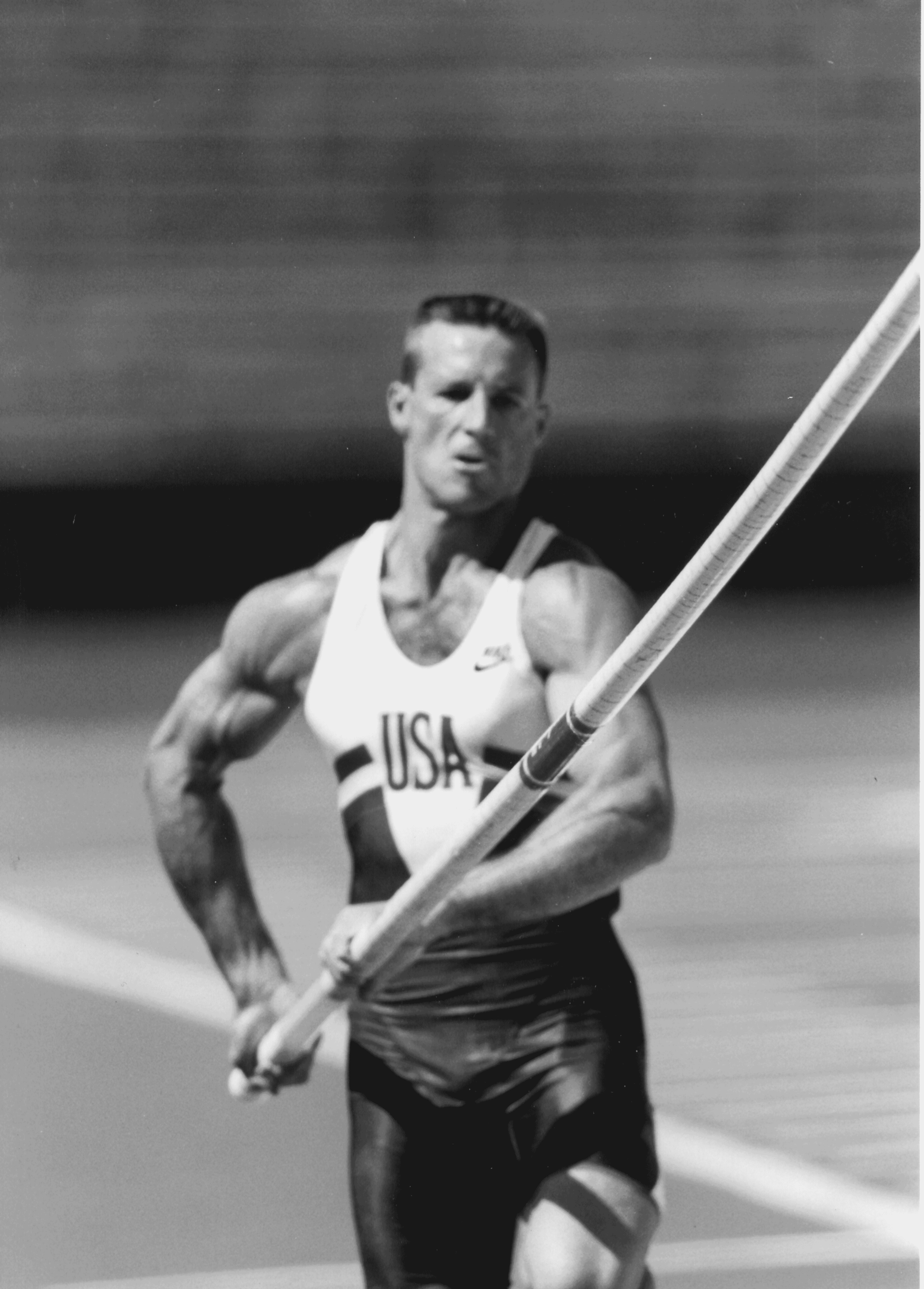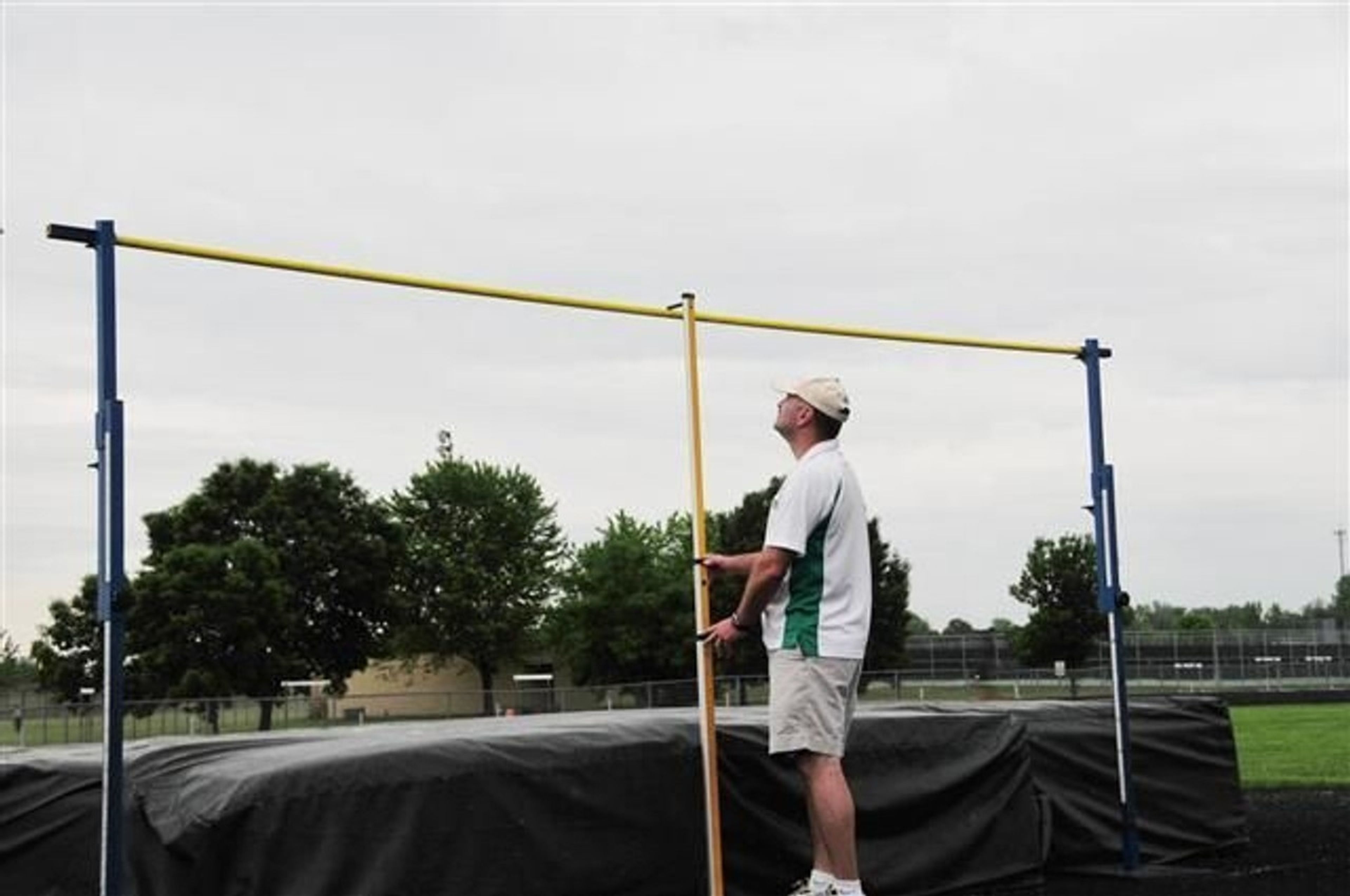A Comprehensive Guide to Pole Vaulting: From Beginner to Bubka and Isinbayeva Too
Unlock the secrets of pole vaulting with "From Beginner to Bubka and Isinbayeva Too" by Launder & Gormley. This guide offers detailed techniques, practical drills, and insights into the physics of vaulting, despite some minor flaws.
A Comprehensive Guide to Pole Vaulting
Pole vaulting, a sport that combines speed, strength, and agility, has long been a challenging discipline within athletics. Despite its complexity, comprehensive instructional resources in English have been scarce. From Beginner to Bubka and Isinbayeva Too: An Australian Approach to Developing Pole Vaulters by Alan G. Launder & John T. Gormley stands out as a crucial guide for pole vaulters of all levels, despite some flaws in language and structure. This second edition, significantly improved with more photos and additional chapters, offers a thorough exploration of pole vault form, technique, and training.
Comprehensive Instructional Content
The book excels in its detailed coverage of techniques, making it suitable for both beginners and experienced vaulters. Launder and Gormley lead readers through the stages of pole vaulting, from basic techniques to advanced maneuvers. The abundance of clear illustrations and practical drills aids in understanding and applying the techniques, ensuring that readers can visualize and practice the correct pole vault form.
One of the book's standout features is its in-depth explanation of the physics behind pole vaulting. This aspect is reminiscent of Richard Ganslen’s Mechanics of the Pole Vault, yet Launder and Gormley manage to make the complex science accessible. By breaking down the mechanics, they provide a solid foundation for understanding how to optimize pole vault technique.
Central Thesis and Key Tenets
The central thesis of the book argues that the mechanics of vaulting with a flexible pole are fundamentally similar to those used in earlier eras. Key tenets include viewing the vault as a unified motion, jumping up at takeoff with a high, extended top hand, and taking off slightly “out” with a free takeoff. The authors emphasize the importance of aggressively extending the drive phase and staying behind the pole as long as possible.
A particularly valuable section is Appendix A, “Vitali Petrov’s 1985 Presentation,” where the authors debunk dangerous myths about vaulting with flexible poles. This appendix could have served as a better introduction, given its foundational insights into pole vault training.
Critiques and Areas for Improvement
Despite its strengths, the book is not without flaws. One notable inconsistency is the discussion around the trail leg swing. Launder and Gormley are inconsistent about whether to delay the trail leg swing, leading to potential confusion. This inconsistency likely stems from ambiguous terminology, which could have been clarified with more precise language.
The placement and detail of certain chapters also warrant critique. Chapter 25 on the plant is placed too late in the book and lacks detail on the timing of the plant. Similarly, Chapter 26 on the takeoff contains contradictions, particularly regarding the goal of getting inverted as soon as possible—a common mistake among young vaulters. The discussion of free takeoff and “pre jump” is unnecessarily complex and could have been simplified.
Furthermore, the book suffers from a lack of precise definitions for technical terms. Terms like “cover the pole,” “C Pole,” and “solid body” are not clearly explained, which detracts from the book's overall clarity. The absence of an index also hampers usability, making it difficult for readers to quickly find specific information.
Grammatical errors and awkward sentence structures are another issue. These errors, along with inconsistencies in punctuation, detract from the book's credibility and readability. However, these issues should not overshadow the validity of the authors' arguments and insights into pole vault technique.
Conclusion
From Beginner to Bubka and Isinbayeva Too is a valuable contribution to the pole vault community. Despite its flaws, the book provides essential insights into pole vault form, technique, and training. The comprehensive content, clear illustrations, and practical drills make it an indispensable resource for vaulters and coaches alike.
While the book's inconsistencies, lack of clarity, and grammatical issues are notable, they do not diminish the overall value of the technical model and philosophies presented. Readers are encouraged to focus on these aspects and strive to implement them, overlooking the book’s stylistic shortcomings. For anyone serious about mastering the art of pole vaulting, Launder and Gormley's work remains a must-read.








